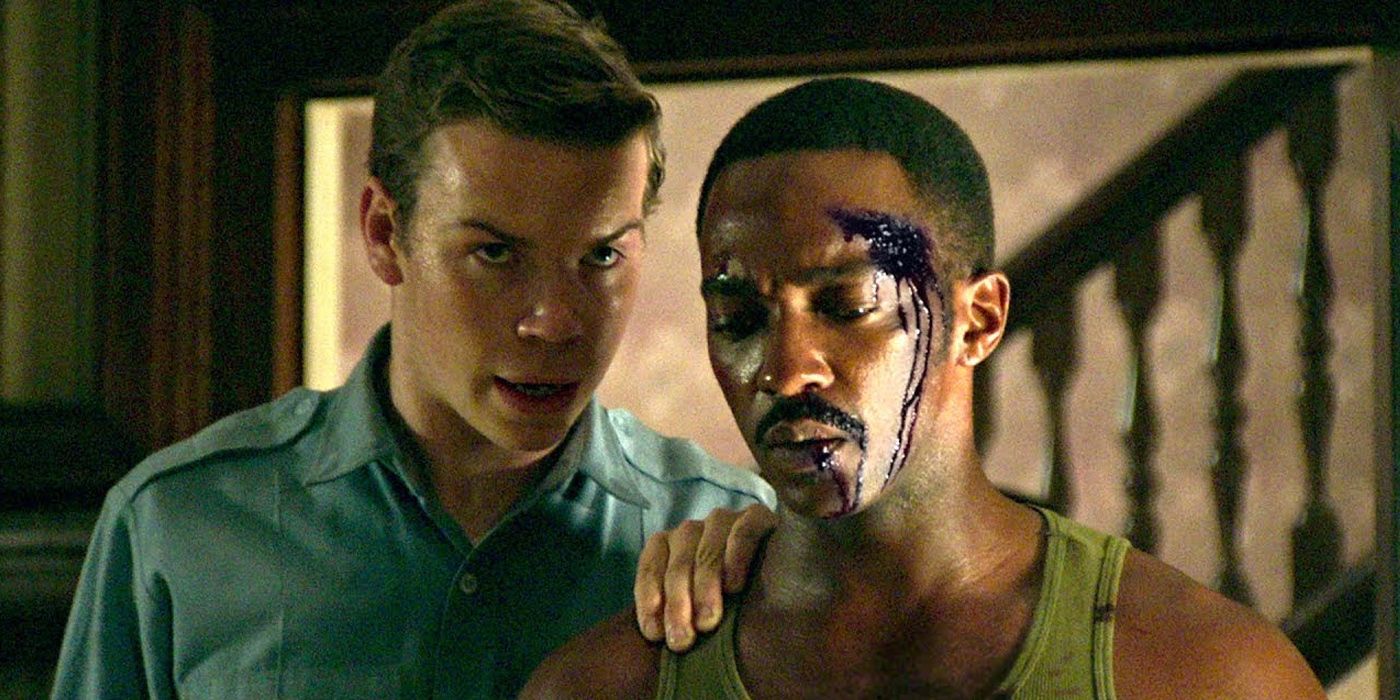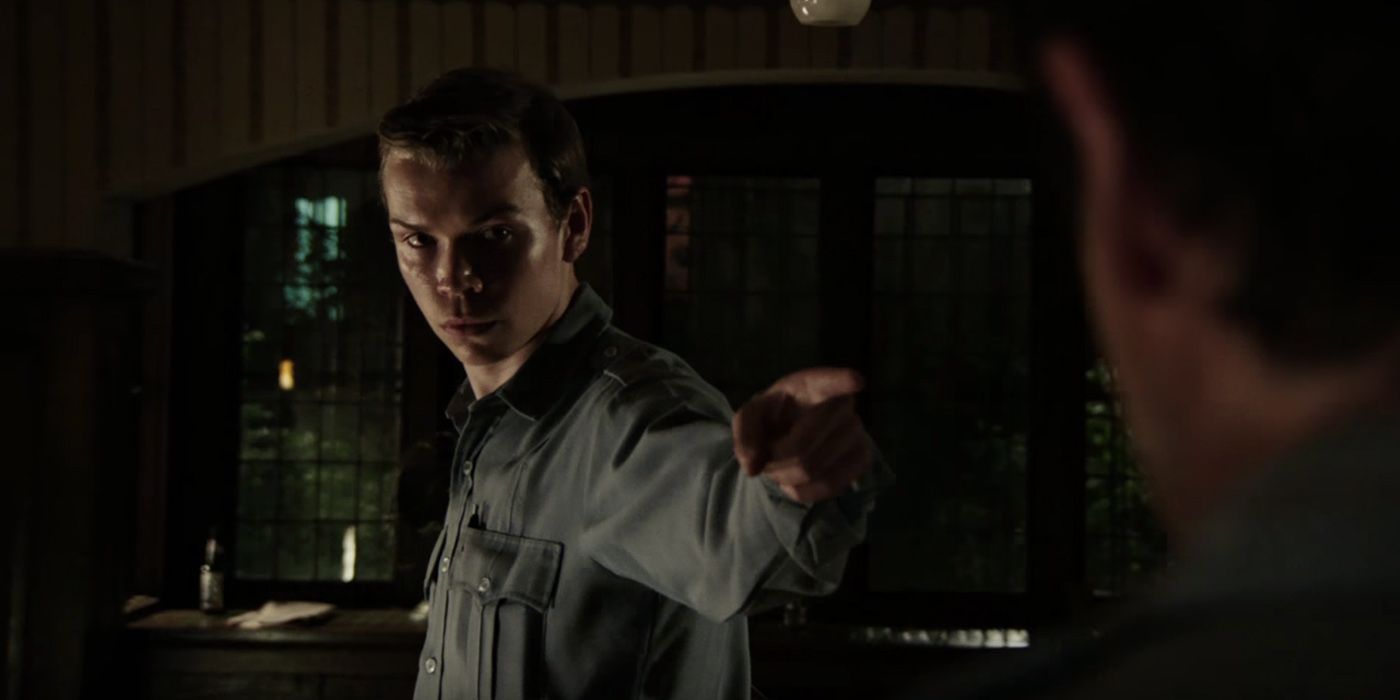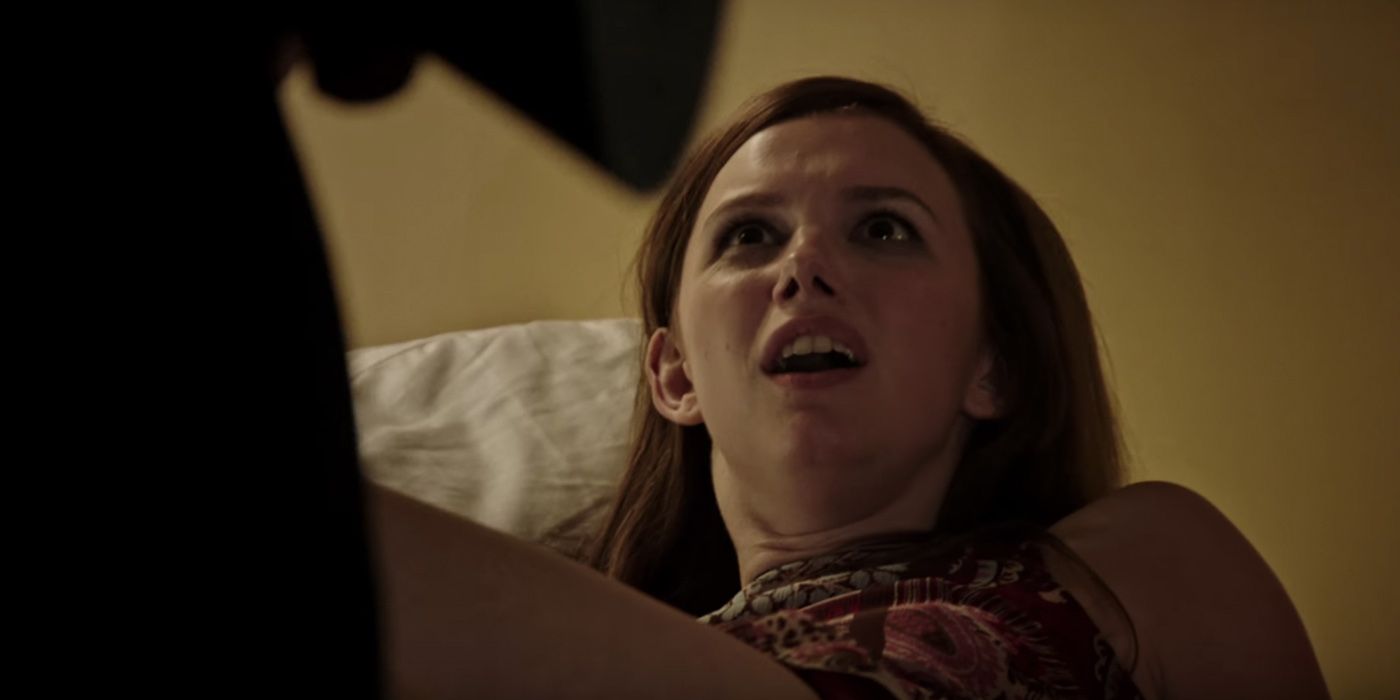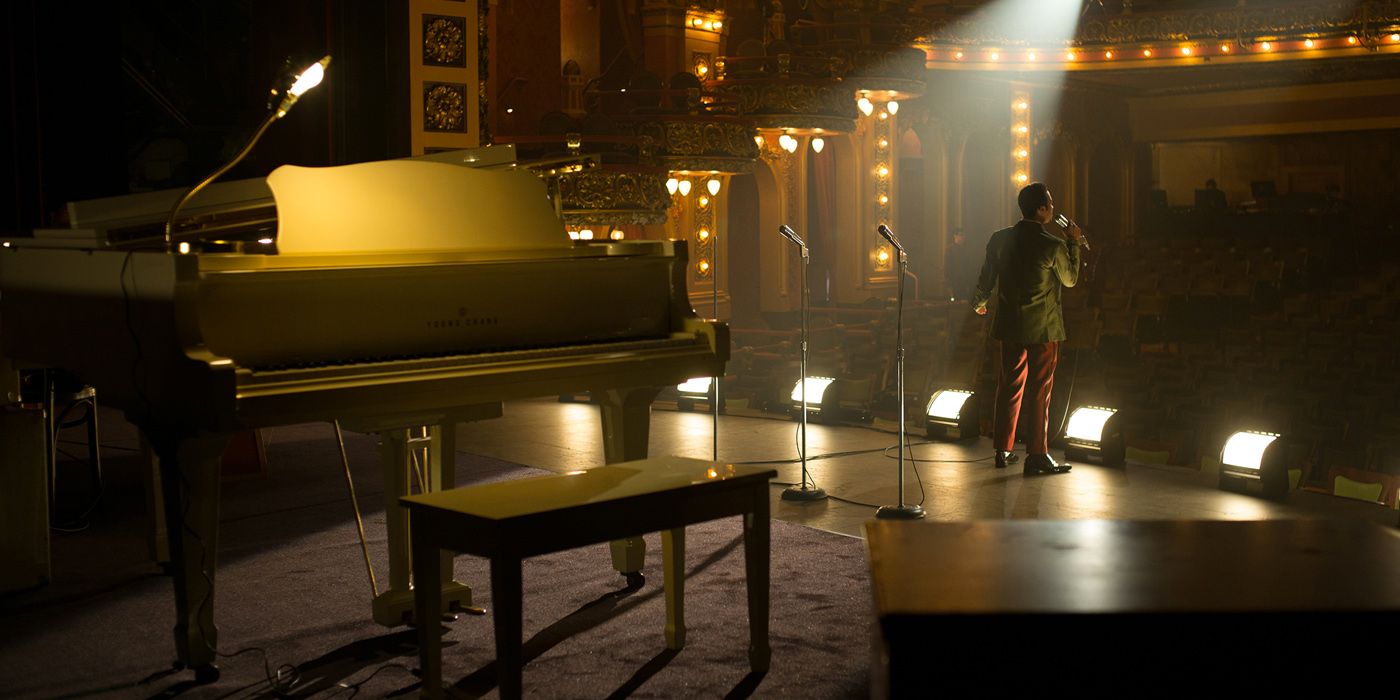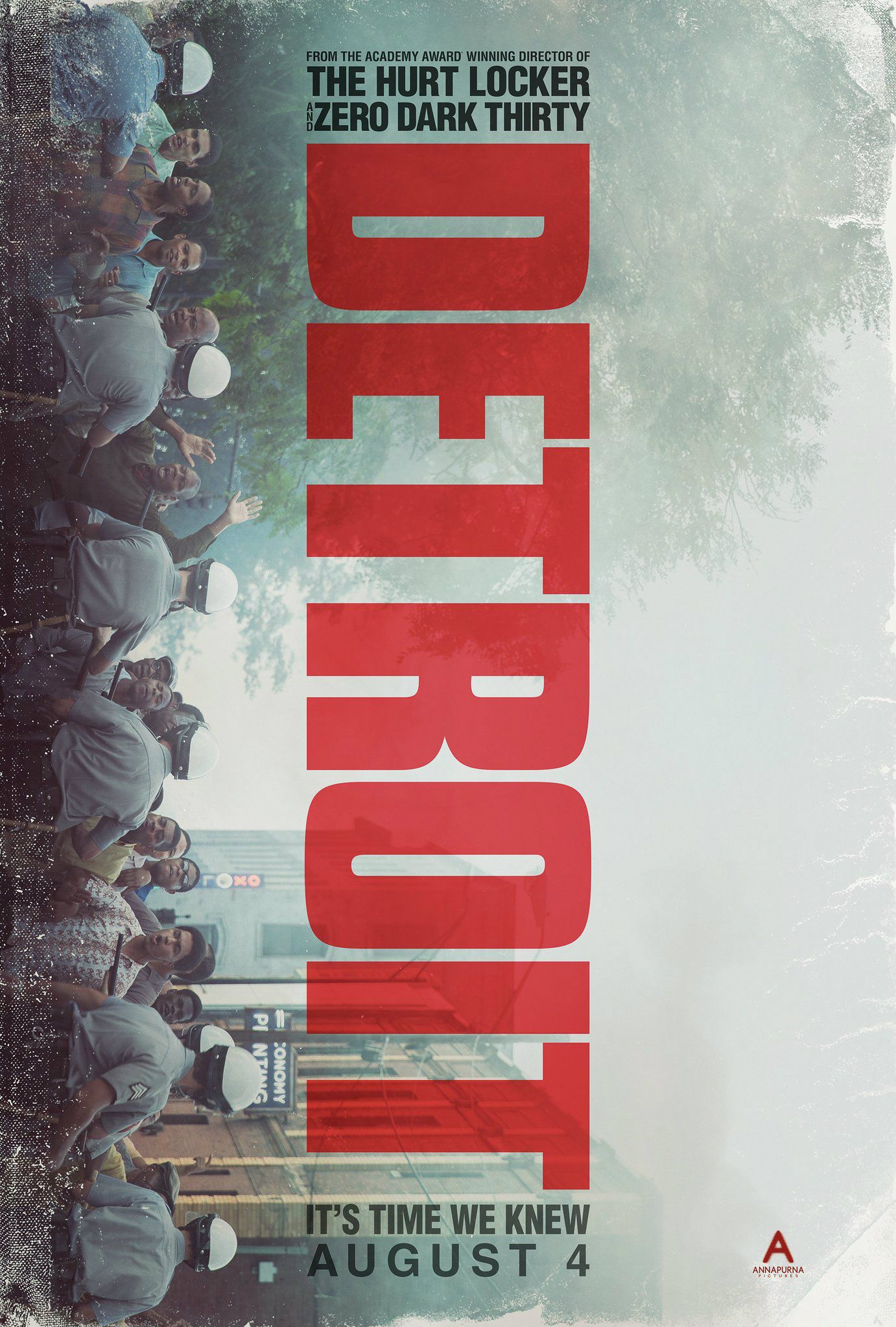Katheryn Bigelow's Detroit ends with a text card stating that while every endeavor was made to ensure the movie's accurate to its harrowing real life events, due to the closed nature of the central action beat several things were fabricated. As such, along with evaluating the distressing racial politics at play, one of the big questions coming out of the film is "what was changed"?
Detroit is nothing if not authentic - we are in a Bigelow film after all. It shows the gradual breakdown of the 1967 Detroit riots that turned the city into a war zone, specifically the Algiers Motel incident where white policemen tortured nine captives and murdered three black men, with a real unflinching eye for detail. Bar unavoidable creative license, the set up of the riots is highly accurate, while much of the covered up Algiers incident is built on genuine testimony from those there and their families, with the filmmakers using 1968 book The Algiers Motel Incident and conducting their own research to create the most comprehensive account possible. But that's not without some alterations.
Before going into details, it's worth remembering the true purpose of Detroit. Even if some facts are changed - which they are - the director's now patented style (she previous lent her eye to bomb disposal with The Hurt Locker and the killing of Osama Bin Laden in Zero Dark Thirty) gives as accurate a feel of the terrible event as possible. Melvin Dismukes, a black security guard who found himself a witness to the horrors played in the film by John Boyega, even said, "It is 99.5% accurate to what went down." So what's the 0.5%?
Philip Krauss Wasn't Real
Probably the biggest alteration made to the film is that its central figure - Will Poulter's terrifying Philip Krauss who acts as the main instigator of the crimes - isn't real. Due to the nature of the case, where the policemen in the Algiers were found not guilty, it would be incredibly questionable to implicate any of the real officers; while history has shown that verdict flawed, it would still be controversial to accuse them directly. Instead, Krauss is an amalgam of several different police officers from the DPD at the time involved in the Algiers incident.
The same is also true of the other police in the building, who are versions of real people. Although in those cases the main differences are changes of names and slight shifting of who committed the actions; the actual outcome is accurate. For example, Jack Reynor's Demens is clearly meant to be Ronald August, who admitted to killing Aubrey Pollard. With Krauss, though, there are bigger adjustments to allow the creation of a clear, instigating big bad; lining up his opening comments on the riots, then his brash shotgunning of a fleeing victim, and ultimately giving him the most active part in all of the Algiers horrors creates one man with more onus in the tragedy than official accounts suggest.
This element of the film has come under fire for its perceived implication of "white guilt". It could be argued that in making a clearly evil individual the focus of the horrors, it exonerates the police of guilt for the rest of the escalated riot. This is perhaps best highlighted by the "who could have done this?" line by a white cop surveying the carnage.
Page 2: [valnet-url-page page=2 paginated=0 text='The%20Biggest%20Change%20Is%20In%20The%20Telling']
The Torture of Juli and Karen
The film presents the presence of two white girls with black men as a major catalyst in the police's anger and subsequent brutality. By all accounts a key element in the breakdown, it does change a few things about their involvement. According to Karen Malloy's testimony, her and Juli Hysell were still in the room with Carl Cooper when he fired the blanks and only ran to Vietnam vet Robert Greene's room to hide from the approaching national guard; in the film they've already left and gone to visit Greene for personal reasons when Cooper ignites the fire.
After the police came in, they were harangued as in the film although in this case Bigelow seemingly held back; in real life the pair were both forcibly stripped, something that only happened to Hysell in the film and was a semi-accident from Krauss manhandling of her. Quite why this was altered and softened is unclear - it doesn't appear to be a contentious event, so could be a result of keeping the film focused on the bigger picture.
Indeed, the changes to Hysell and Malloy's interaction with the other guests appear to be done to tie the various victims together ahead of the incident, which brings us to the biggest "change".
The Dramatics Involvement Finally Known
Perhaps the biggest change to the narrative around the Detroit riots and the Algiers murders in particular isn't actually any deviation from the truth, but a refocusing of how the story is told. Conventionally, the Algiers incident has been handled from an outside view on police brutality and a striving to find the truth of what happened. With that now locked, the filmmakers decided to go deep into the lives of the victims, specifically that of The Dramatics.
Prior to the film, if you tried to find any link between the singing group and the incident you were going to come up short - there was only scant mention to Fred Temple, Roderick Davis and Cleveland Larry Reed's musical profession in their involvement, with next to no elaboration on what Temple's murder meant to his friends and co-workers. However, this previously footnote in The Dramatics' history was what first drew screenwriter Mark Boal to the project; the fact that, in 1967 Detroit, black lives could be irreversibly altered depending solely on the decision of where they sought shelter was a terrifying summation of the whole event.
The film frames itself as Cleveland Larry Reed's story, investing significant time into setting up his aspirations and ending with him ditching the group to find some form of solace in a church choir. It goes this route over detailing further the trials that ensued from the cover-up, making a clear stance that the film is about the effect of the event on the victim's lives regardless of if justice is ever known (something the film achieves by its existence).
All of Larry Reed's actions, of course, are all true so this is not an explicit difference from the real story, but as a hitherto unexplored aspect is a bold creative choice all the same that really highlights the true purpose of any alterations made to the real history.

